
As recently as the 1990s, American movie lovers in search of films from abroad had few options. If they lived in a sizable city, they might have enjoyed access to an independent theater or video store that carried international titles, especially those that had become hits in their native countries. Occasionally a decades-old “foreign film” might appear on a late night broadcast of public television, so long as it was not too sexually explicit. Cineastes with more disposable income could purchase international movies on VHS tapes or laserdiscs through mail-order companies.
With the arrival of Netflix’s red envelopes in mailboxes across the country in 1997, international movies began to reach the American masses as never before on DVD. Still, more than a decade had to pass before the internet and mobile networks became widespread and robust enough to deliver feature films to the full range of desktop and portable devices.
By the 2010s, international movies had become readily available on a variety of streaming platforms both large and small, and international distribution had become a fundamental concern in the development of every major film in the United States and elsewhere. One genre that has travelled especially well, both out of the USA and back into it, is the thriller, since it capitalizes on the basic need of humans everywhere to safely confront their fears. Below is a list of 10 thrillers from around the world that made their mark in the 2010s and that continue to offer audiences strong exercises in suspense.
1. Headhunters (2011)
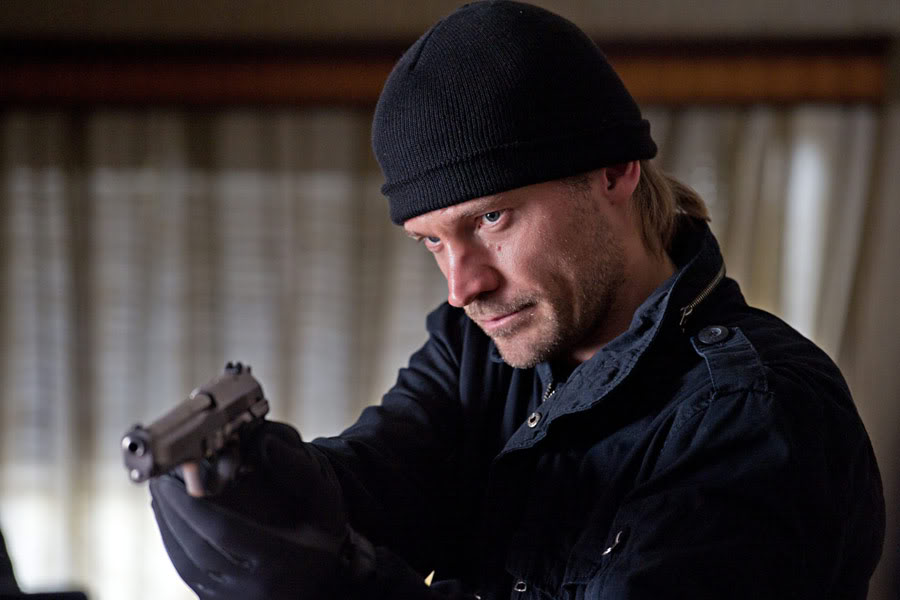
Morten Tyldum’s action thriller, the highest-grossing Norwegian film in history, is great fun. Roger Brown (Aksel Hennie), corporate headhunter by day and art thief by night, makes the mistake of stealing a valuable painting from a champion athlete and former member of the military’s special forces, who then pursues him using all of his stamina and skills as a tracker.
Everything we enjoy in a popcorn movie is here: wealthy, beautiful people behaving badly, intense chases, black comedy, high-tech gadgets, and implausible but engaging plot twists. Even a familiar, feel-good ending arrives: the inwardly insecure, but outwardly arrogant man is humbled and redeemed, a broken romantic relationship is repaired, and the villain takes the blame for the protagonist’s misdeeds. And all of the events are lit beautifully and edited together smoothly. Enjoy the wild ride, and thank goodness that Hollywood has not yet ruined it with a duller remake.
2. The Robber (2010)
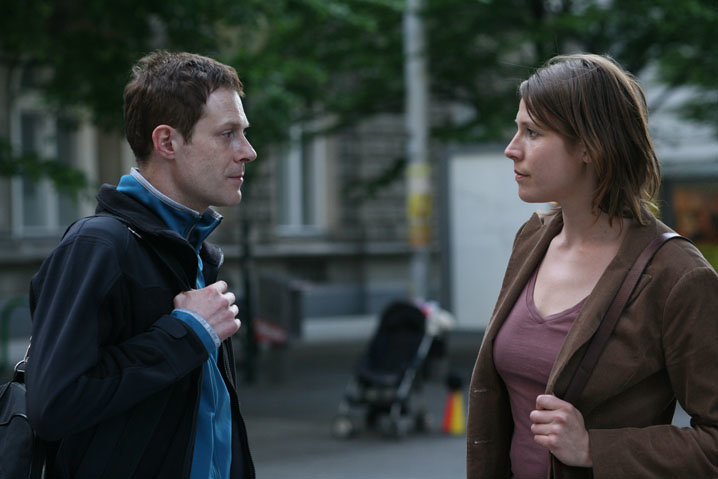
Benjamin Heisenberg’s heist thriller, based on the true story of Austrian bank robber Johann Kastenberger, is more than fun and strikingly different from most other members of the subgenre. Many heist pictures, like Jules Dassin’s Rififi (1955) and its numerous descendants, gather a collection of crooks together, each with his own specialty, to form an ingenious plan to break into a seemingly impregnable institution and make off with a load of cash or a unique, precious item.
Heisenberg’s Johann Rettenberger (Andreas Lust) works entirely alone, brazenly bursting into banks’ front doors wearing a latex mask and carrying a shotgun, then literally running away with the loot. And no one can catch him, for Johann is also a champion marathoner. But greed does not motivate him; he spends none of the money, and instead places it matter-of-factly under his bed. Can Erika (Franziska Weisz), a caring social worker, or Johann’s watchful probation officer (Markus Schleinzer) deter him from his twin obsessions, both tests of his strength and rebellions against a society of mediocrity and constraint?
The movie’s look reflects Johann’s inner darkness; in place of the gloss and glamour of Hollywood heists like the Oceans franchise, Johann runs through a stone cold Vienna of desaturated colors. Watch him evade police and, for a time, his personal demons with uncommon will and fortitude in one of the strangest and most psychologically engrossing heist thrillers.
3. The Invisible Guest (2017)
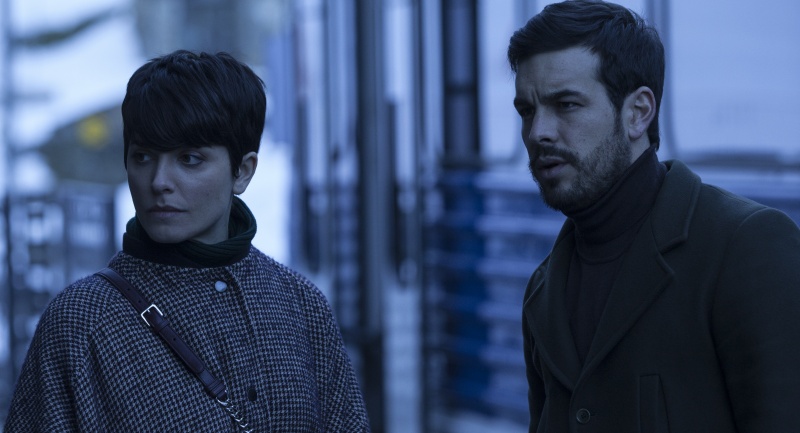
Oriol Paulo offers audiences an atypical legal thriller, since the action takes place just before a murder trial begins. Tech entrepreneur Adrián Doria (Mario Casas) stands accused of killing his mistress Laura Vidal (Bárbara Lennie) in a rural hotel. Veteran defense attorney Virginia Goodman (Ana Wagener) comes to his apartment to prepare him for testimony, but insists that he tell her his story first, truthfully and without omission.
The flashbacks that follow contain nearly all of the tricks of the thriller trade — additional crimes, unreliable narrators, double-crosses — until a final revelation (drawn from a Hollywood ensemble crime thriller of the ‘90s) takes place in the movie’s present. The images provide a parade of beautiful people, clothes, cars, interiors, and landscapes, all lit in rich chiaroscuro and edited together seamlessly. You will find little thematic depth here, but the glossy surface and serpentine narrative make Paulo’s film — already remade three times in Italy and India — a fun and effective exercise in genre conventions.
4. Sun Don’t Shine (2012)
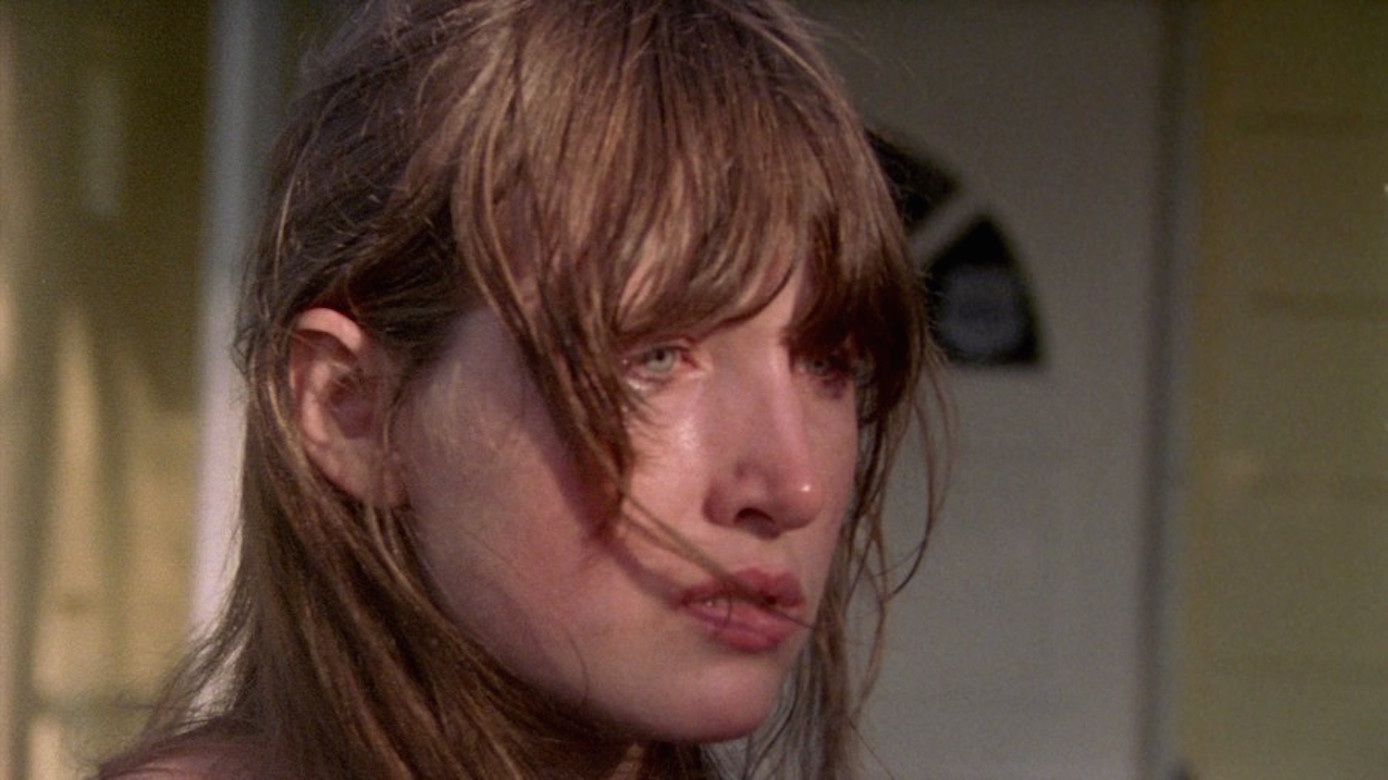
Amy Seimetz’s crime thriller is the opposite in its look, priorities, and power. The movie begins after the crime has been committed already, and the audience knows full well who is responsible. Young lovers Crystal (Kate Lyn Sheil) and Leo (Kentucker Audley) are speeding to St. Petersburg, Florida to dispose of the dead body packed clumsily into the trunk of their run-down car. The concept and the tension resemble Hitchcock’s Rope (1948), but Seimetz’s killers are more sympathetic. Both Crystal and Leo live near the bottom rung of the socio-economic ladder, where shared desperation and lack of opportunities have thrust them together.
Unlike the greedy characters of ‘40s Noirs, Crystal and Leo do not turn to lives of crime to attain fabulous riches; they do what they must as they try to reach even middle class goals: to live together in a modest home with as small yard, to hold down blue collar jobs, and to raise a healthy child.
But like Barbara Loden’s Wanda (1970), Crystal and Leo have only a burning desire to escape poverty and no resources or practical skills to do so. The look of Seimetz’s film is as stark as its characters. Made quickly on a shoestring budget, she makes the most of The Sunshine State’s natural light, low-tech camera workarounds, and two exceptional young actors. See how much drama can be made from so little in Seimetz’s ode to her home state, one of the most Florida movies ever made.
5. Black Coal, Thin Ice (2014)
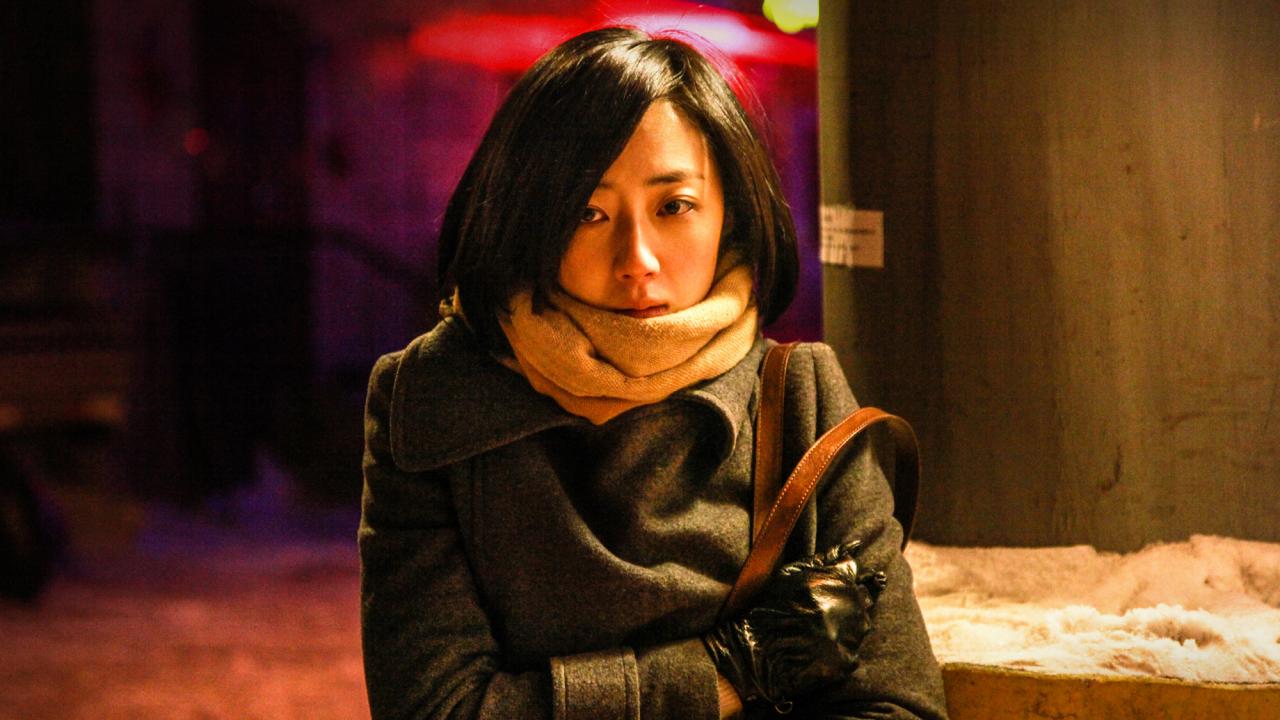
The serial killer thriller is another long established subgenre, reaching back as far as Fritz Lang’s M (1931) and Hitchcock’s Psycho (1960). Yi’nan Diao’s version seems pressed from the original mold with the addition of some modern, Eastern touches. The narrative structure is familiar. Detective Zhang Zili (Fan Liao) returns from an ignominious retirement to pursue the serial murderer who escaped him years earlier. With the help of his ex-partner Wang (Ailei Yu), Zhang learns that the most recent killings are connected to the first in surprising ways.
The look is classic too. Static shots with meticulous composition and graphic editing suggest that Diao may practice the same exhaustive storyboarding during preproduction as Lang and Hitchcock. A near-wordless sequence in which Zhang pursues a mysterious man with ice skates looks as though it might have come directly from a Lang silent film. Diao’s picture may even outdo the German and Anglo-American Masters of Suspense in its moments of pregnant silence and discoveries of menace in the mundane. See that great filmmaking minds do think alike, despite whole continents and more than half a century separating them, in this highly polished, dark gem.